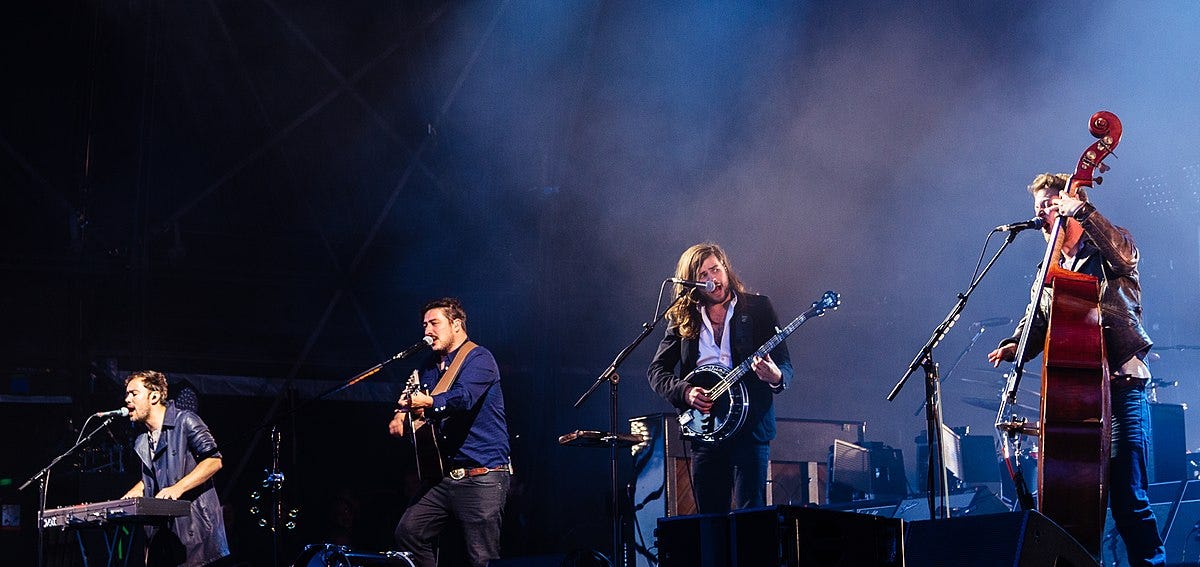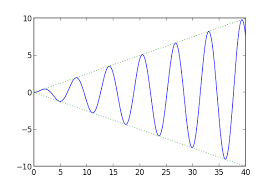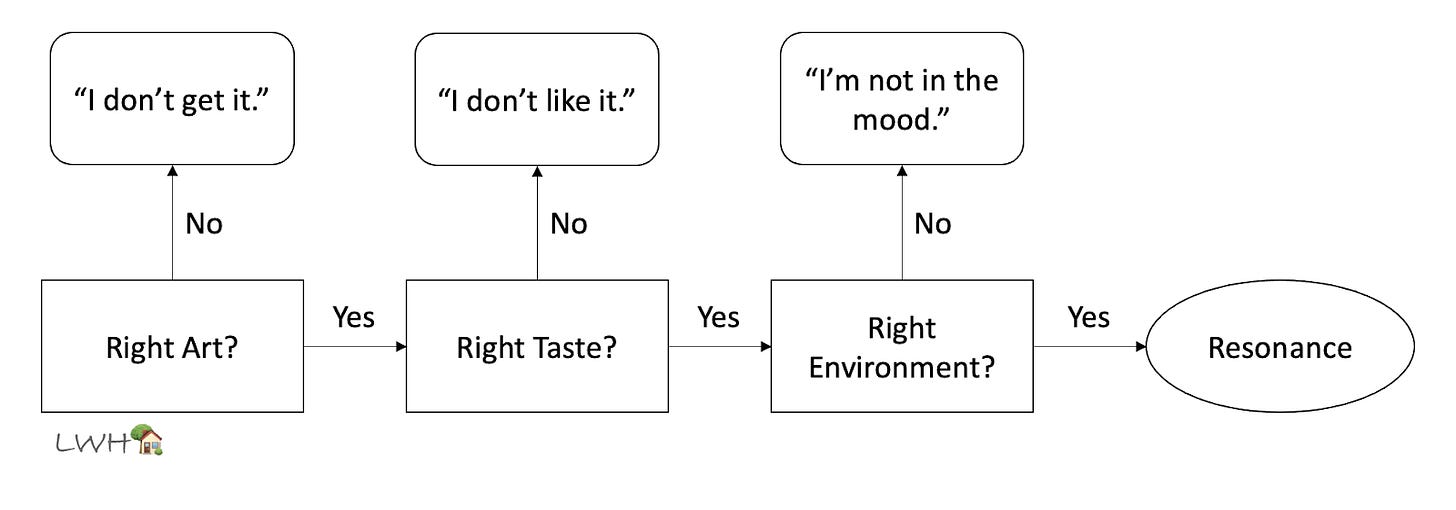Hello! 👋🏽
Hope everybody’s been having a productive week. Welcome to Long Way Home🏡, where I discuss topics related to creativity and emotional intelligence. Today’s topic is a little on the nose—how and why we have strong emotional reactions to some creative output we come across.
Writing this essay was a lot of fun, and frankly, I think it’s one of the best ones I’ve come up with in the past month or so. I hope you enjoy it.
In this week's LWH🏡:
💫 - Why Some Art Changes Our Lives by Vandan Jhaveri
Let’s get to this week’s essay.
Why Some Art Changes Our Lives
Art is fickle. Our appreciation of art is fickler still. We are consuming content, in some form, all day, yet such a small fraction of it connects with us in any meaningful way. But when a few critical factors align and some artist's creation intersects with us at just the right moment, in just the right way, when we're in just the right mood, the results are explosive.
The nuclear reaction that takes place is unforgettable.
"I Felt That"
I Gave You All by Mumford & Sons will never fail to transport me into the maelstrom of my first real heartbreak.
Bernini’s Apollo and Daphne, which I’ve referenced in a previous issue, will always appeal to my desire for the unattainable and undeserved.
The protagonist in the movie V for Vendetta, named V, will always connect with my deeply personal wish to be highly intelligent, mysterious, and instrumental in wide-scale, grassroots change. V’s ability to uproot an oppressive, Orwellian government speaks to my love for a successful underdog in a classic David vs. Goliath tale.
We see ourselves in art’s struggle, its triumph, and its odd ambitions. These words, scenes, melodies and objects feel alive in some way. Any criticism of them, however valid, feels personal and calls us to arms.
What is it about some pieces of art that momentarily transform us into caricatures of our rawest emotions, vacating our minds of all other thoughts and feelings? In his article The Meaning of Art, The Art of Meaning, Ryan Hussey beautifully captures this phenomenon:
I’m talking about that feeling you get when you watch a movie, hear a song, read a book, see a painting, smell a perfume, taste a dish, touch a sculpture, or even witness a moment. That feeling that everything in your world is sinking, and while your normal reaction should be to try to swim up, your instinct is telling you to drown in whatever it is. That feeling when you know your whole life just changed, even if it’s a minor change, even if nobody else will ever know about it, even if it’s just for a second.
Understanding Resonance
At its core, art like this resonates with us. We often throw that word around casually, but its dictionary definition can help us understand the mechanics of this experience.
Technically speaking, resonance is the tendency of a system to respond with greater amplitudes when the frequency of its oscillations matches another system's natural frequency of vibration. In other words, two systems (the natural system and the input system) vibrating at similar frequencies transfer energy to one another, intensifying each other's vibrations and unequivocally linking the two.
We all have a natural frequency at which we vibrate. When an input frequency is introduced to our system (i.e., when we perceive art), its effects on our natural frequency can be multiplicative. Without notice, the black and white of our emotions flood with colour and demand our attention. We feel old, familiar emotions with a new, refreshing intensity.
Art is static, forever crystallized in time identical to the day it was created. Its frequency is set from the moment it's completed. Because of art’s permanence, any shift in our appreciation or understanding of it has an internal cause.
That internal cause would be our dynamic natural frequency, constantly adapting to our environment. Subtle mood shifts throughout the day and major life events can change our emotional make-up and tweak our natural frequency in nuanced ways. As a result, art that at one point may never have affected us begins to appeal to us in an entirely new way, and we can sometimes become closed off to, or disinterested in, art that we may have once felt was deeply poignant.
The Resonant Moment
Like an ingredient list for a recipe, there are some necessary factors required to create resonance. Once these factors are in place, we are primed for a Resonant Moment—an instance where all these factors align to evoke within us a powerful, thoroughly enjoyable experience.
The Resonant Moment is made up of two major components: the static component and the dynamic component. The static component is the art, and the dynamic component is the individual, which can be further broken down into two categories: taste and environment.
Taste is the individual's personal preferences, developed through an opaque mixture of childhood exposure, culture, and innate predisposition. Environment encapsulates our internal and external climates, which govern our perceptions of the outside world. Without their cooperation, we are forever absorbing the world through a hazy filter and incapable of resonating with art.
Sometimes we are not in the right frame of mind to allow the art around us to affect change in us. Sometimes we are watching something we enjoy, but the screen is too small, the audio is tinny, or there is loud construction outside our window. Our tastes and the art may be in support of a resonant experience, but our physical environment is just not conducive.
Channel to Resonance
Having a resonant experience works like a gated channel. Without satisfying the previous condition, we will be incapable of appreciating any synchronicity between our natural frequency and the frequency of the art before us.
I may come across a TV show about the complex childhood experiences of a child of immigrant. It’s a topic about which I care deeply, but unfortunately, I’m just not somebody who prefers to consume TV. I gravitate towards other artistic mediums.
Despite the subject matter of the content, that TV show is unlikely to leave a lasting impact on me compared to somebody who has the same preference for subject matter as I do but thoroughly enjoys TV as a medium. I will not be primed to appreciate the artistic nuance, the cinematography, and the drawn-out character development to which others might be accustomed.
Next, I’m a music fan. Audio is my preferred medium. But there is still lots of music I would prefer to avoid. For example, I am aware of The Beatles’ global acclaim, but I’ve never connected with any of their songs. Heartbreaking, I know. My musical preferences may inhibit me from properly appreciating a song’s subject matter, even if Paul McCartney’s distinctive voice is singing a song he seemingly wrote just for me.
Last, the environment and circumstance are paramount. We have all been listening to a song in our preferred genre, about something acutely relevant to our lives, yet are too distracted by a recent argument or are worried about something at work to truly be present and enjoy the music.
Regardless of the art and taste alignment, we are not mentally primed to have a resonant experience—our internal environment is holding us back. The art can be right, our preferences may also be aligned, but we’re simply not in the right mood or mental space to be able to receive and appreciate the art at hand. I suspect that all of us have missed countless opportunities to have Resonant Moments, all because we couldn’t bring ourselves to be sufficiently present.
The Resonance of Live Performance
Being in the audience at a live show, whether it's a musical concert, comedy show, theatre show, or even a sporting event, is a highly resonant experience. These events coalesce in the minds of most audience members as phenomenal experiences. It's not uncommon to be moved to tears or to lose our voices amidst the screaming crowds.
We are in attendance with the expressed purpose of consuming the art, generally in its purest form. It usually aligns with our taste, for we have voluntarily chosen to be present. Last, entire teams are hired for the sole purpose of manufacturing the physical and emotional landscape to complement the art. It’s an atmosphere uniquely constructed to optimize for Resonant Moments.
Due to the lights, the music, the people, and the stage decorations, thousands of fans feel concurrently, in lock-step, throughout a concert. They resonate at the same frequency. The knobs of all their emotions are dialled to 11.
Therapeutic Resonance
There's an inexplicable therapeutic quality to enjoying something that resonates with us. It's as if the art pulls our hurt out of us, placing it alongside the mosaic of universal human experience, making us feel less alone.
There's magic in how some art forces us to relive and confront some of our darkest moments, giving us the opportunity to process them with the added benefit of some artist's perspective. Consuming art that forces us to relive those moments is like picking shards of glass out of our hands—the shards of glass were likely painful going in, and they’re painful on their way out, but once this process is over, our bodies' natural processes can take over and properly heal.
A Resonant Life
A life spent chasing Resonant Moments would not be a life wasted. And moments we have allowed art, whatever that may mean, to crack us open, reach inside of us, and pull from us white hot emotion are when we have felt most alive. Those experiences are worth their weight in gold.
May we all find static art that fits so perfectly into our dynamic souls that we forget all that we are, all that we've done, and all that we don't know, so we can pause for a moment and just feel.
At a higher frequency,
Vandan🏡
@vandan_jhaveri
A Grotesque Image
This past week, I re-listened to a series of songs I've been familiar with for years, but are still haunting whenever I listen. Most readers will be familiar with Billie Holiday's Strange Fruit, but I will give a quick summary.
In 1937, Abel Meeropol wrote a poem called Strange Fruit about the horrific lynching of Black Americans:
Southern trees bear a strange fruit
Blood on the leaves and blood at the root
Black bodies swingin' in the Southern breeze
Strange fruit hangin' from the poplar treesPastoral scene of the gallant South
The bulgin' eyes and the twisted mouth
Scent of magnolias sweet and fresh
Then the sudden smell of burnin' fleshHere is a fruit for the crows to pluck
For the rain to gather, for the wind to suck
For the sun to rot, for the tree to drop
Here is a strange and bitter crop
In 1939, Billie Holiday recorded a song with the lyrics of Meeropol's poem. The subject matter was so sensitive that Billie Holiday needed to be relieved from her contractual duties with her record label so she could record this song under another company's agreement. Her record label did not want to be responsible for the backlash the song could trigger.
When Billie Holiday would perform this poem at night clubs, the bar would close so there would be no distractions. All the nights in the building would be cut, and there would be a single spotlight outlining Holiday's face. At the end of the song, the last light would cut, and once the lights turned back on, Billie Holiday would be gone. Without a trace.
Despite the legal tribulations Billie Holiday endured by singing this song, Nina Simone fearlessly did a rendition of the song in 1965. Of all the versions I've heard, Nina Simone's version is my personal favourite.
When you listen to it, you notice a chill in her voice, yet you can feel the southern sun beating on your skin, the drone of cicadas in the background. Being first exposed to this song for the first time in high school, it left a lasting impression on me.
Black artists' refusal to forget or be silenced is eternally inspirational. TIME Magazine named Strange Fruit the song of the 20th century in 1999, and it undeniably deserves it.







